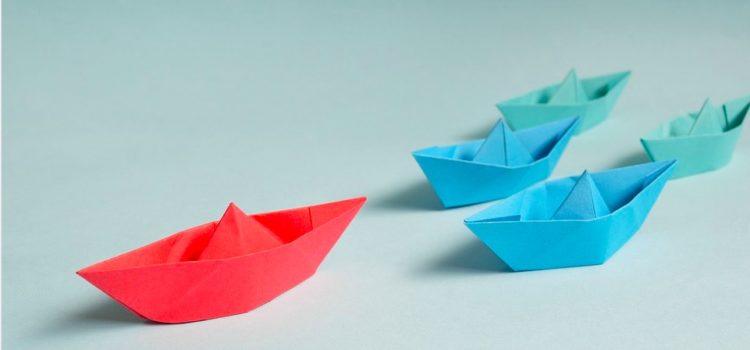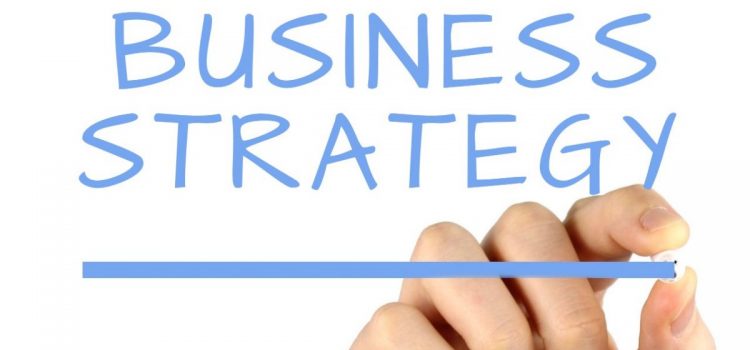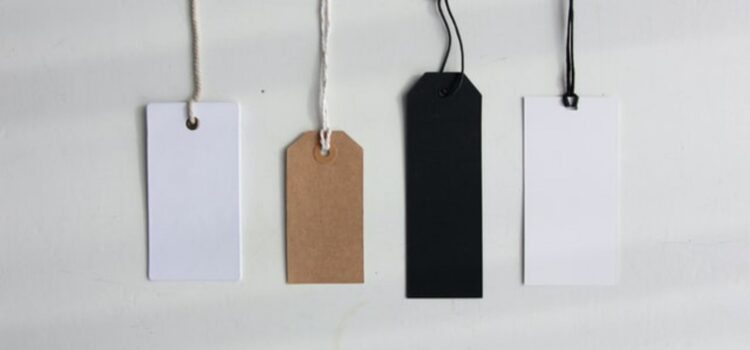What is Blue Ocean Strategy about? What is the difference between a blue ocean and a red ocean? In their book Blue Ocean Strategy, W. Chan Kim and Renée Mauborgne argue that the solution to business success is to operate in an uncontested market (the “blue ocean”). They contrast it with a “red ocean”, a marketplace where fierce competition has stained the water with the blood of the combatants. According to the authors, crowded markets and red ocean strategies tend to produce minimal profit margins, while blue ocean strategies lead to more profitable growth. Below is a brief overview of the
Blue Ocean Strategy: Book Overview










